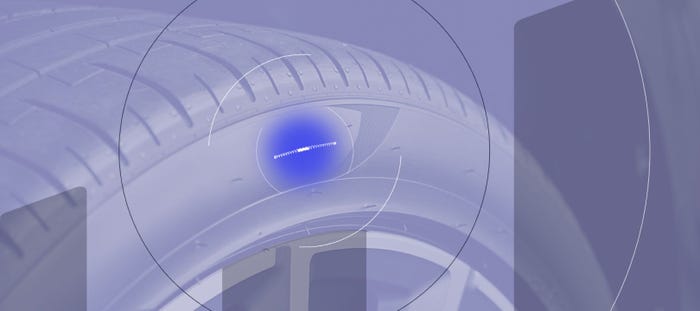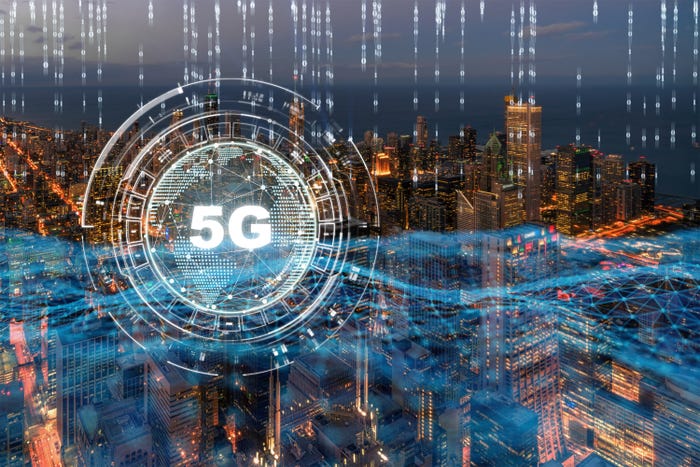February 29, 2024
Sponsored Content
In an era marked by the rapid evolution of digital transformation, the need for enterprises to access timely, high-quality data and process such data sustainably is at the forefront of strategic considerations, according to a new report from Telenor and Omdia (read the full report here). This necessity extends to the integration of the Internet of Things (IoT), and the acquisition of new, unique sources of data in the form of real-time information from interconnected sensors and devices. This plays a pivotal role for fundamentally new ways of creating value across industries by combining digital and physical worlds. As a result, Omdia believes the global installed base for IoT will exceed 82 billion devices by the end of the decade.
However, the significance of an IoT solution transcends mere data collection, requiring processing and augmentation capabilities of modern Artificial Intelligence (AI) to achieve true impact. The combination of AI and IoT, often termed the Artificial Intelligence of Things (AIoT), further enabled by new generation connectivity such as 5G, represents more than an incremental enhancement. This convergence unlocks higher operational efficiencies, better customer experience, and higher productivity gains across diverse sectors, from automotive and industrial manufacturing to transport, utilities, and smart cities.
In the newly released whitepaper, Omdia and Telenor delve into the strategic importance of AIoT for global IoT enterprises, emphasizing the operational necessity for businesses aiming to fortify their relevance and resilience in the digital age. The analysis is rooted in pragmatic considerations rather than hyperbole, offering a compelling call to action for enterprises seeking to navigate the complexities of AI integration in their IoT journeys.
Omdia urges enterprises to seize the AI advantage in 2024. The transformative nature of AIoT is acknowledged, marking a shift from ‘smart’ connected products to a seismic advancement in the market. Amongst many factors as enterprises begin their AIoT journey, they should certainly consider the following:
Set digital transformation ambitions and translate those to tangible and measurable business goals (and adjust them if needed)
Enable experimental, learning culture with appetite for higher risk
Take practical approach to managing Responsible AI risks
Work with the right partners
As with any transformative technology the ultimate impact of AIoT is hard to gauge. However, Omdia does believe that 2024 marks a significant fork in the road, a point in which AIoT will go from optional to a requirement for any organization with ambitions on competing in the digital age.
The time to act is now.
Read the full report here: Navigating the Perfect Storm: AIoT to Emerge as the Defining Enabler of Digital Transformation
You May Also Like






